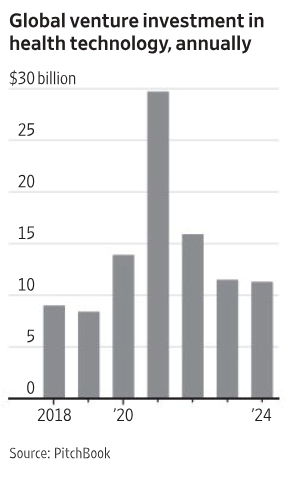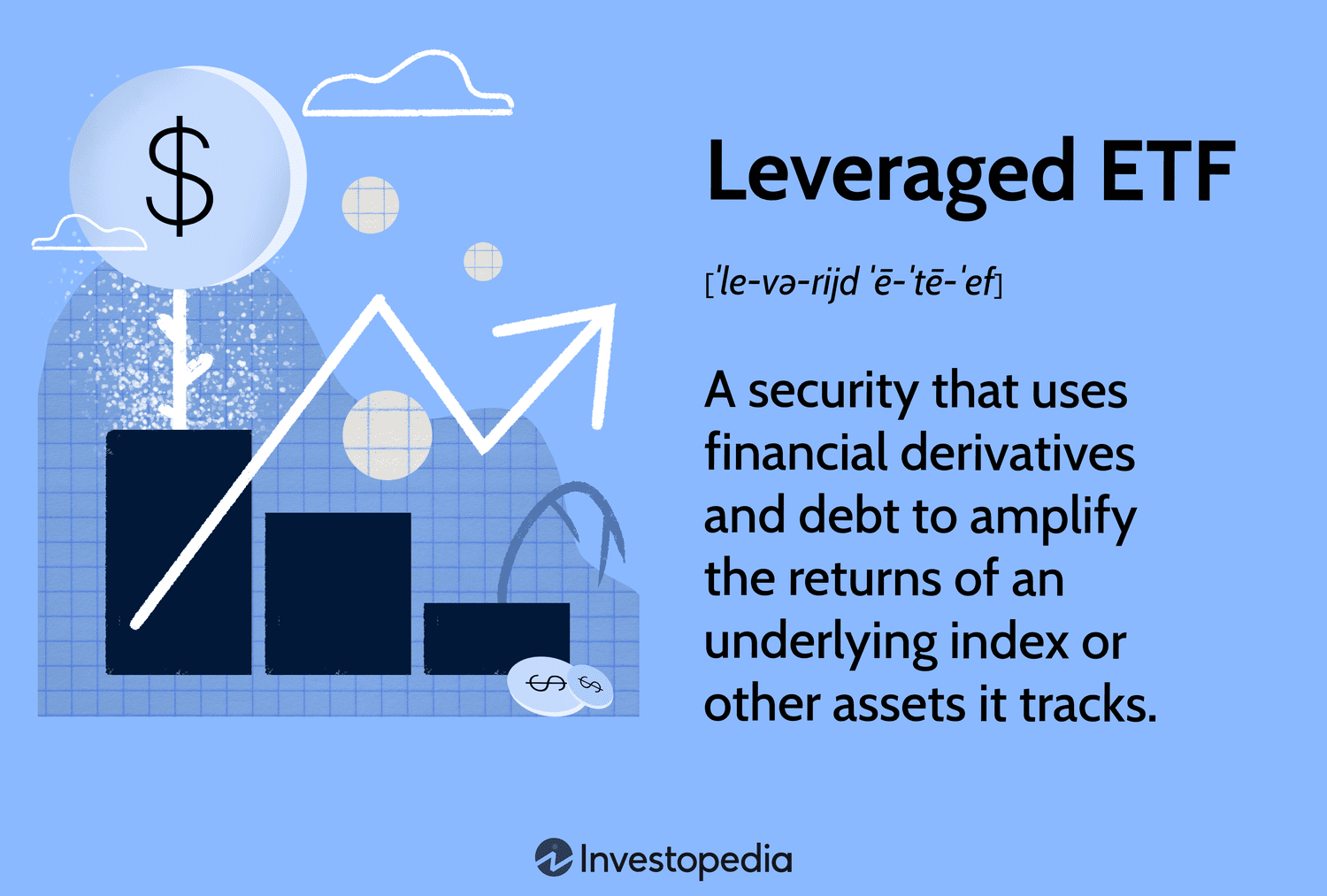

The health technology sector has long been a beacon of innovation, promising to revolutionize healthcare delivery, improve patient outcomes, and reduce costs through cutting-edge solutions. From telemedicine platforms to AI-driven diagnostics, health tech startups have attracted significant attention from venture capitalists over the past decade. However, the trajectory of global venture investment in this sector has not been a straight upward climb. Between 2018 and 2024, the industry experienced a dramatic boom followed by a notable decline, reflecting broader economic trends, market saturation, and shifting investor priorities.
Key Players and Innovations
During the boom years, several health tech startups emerged as leaders in the space, securing massive funding rounds and driving innovation. One notable example is Ro, a telehealth company focused on men’s and women’s health, which raised over $500 million in 2021 to expand its digital pharmacy and virtual care services. Another standout was Hims & Hers, a direct-to-consumer telehealth platform that went public in 2021 via a SPAC merger, capitalizing on the heightened demand for accessible healthcare.
On the technology front, wearable devices and remote monitoring tools gained traction. Companies like Oura, which produces a smart ring to track sleep and activity, and Whoop, a fitness tracker focused on recovery and performance, saw increased adoption as consumers became more health-conscious during the pandemic. Meanwhile, AI-powered startups like PathAI, which assists pathologists in diagnosing diseases such as cancer, secured significant investments to scale their operations.
These innovations not only improved patient care but also demonstrated the potential for health tech to address systemic challenges in healthcare, such as access, affordability, and efficiency. However, the rapid influx of capital also led to concerns about overvaluation and market saturation, setting the stage for the decline that followed.

The Decline: 2022–2024
The sharp drop in health tech investment from 2022 to 2024, as shown in the chart, can be attributed to a combination of macroeconomic and industry-specific factors. First, the global economic environment shifted dramatically in 2022. Rising inflation, increasing interest rates, and fears of a recession prompted venture capitalists to adopt a more cautious approach. High-growth, unprofitable startups—many of which populated the health tech sector—fell out of favor as investors prioritized profitability over growth.
Second, the post-pandemic normalization of healthcare delivery reduced the urgency for certain health tech solutions. Telemedicine, while still widely used, saw a decline in demand as patients returned to in-person care. This shift impacted the growth prospects of companies that had thrived during the height of the pandemic, leading to lower valuations and reduced investor interest.
Third, the health tech sector faced growing pains as it matured. Many startups struggled to achieve profitability, and some high-profile failures—such as the collapse of digital health company Babylon Health in 2023—shook investor confidence. Regulatory challenges also played a role, as governments tightened oversight of health tech products, particularly those involving AI and patient data. For example, the U.S. Food and Drug Administration (FDA) introduced stricter guidelines for software as a medical device (SaMD), creating additional hurdles for startups.
Challenges Facing Health Tech Startups
The decline in investment highlights several challenges that health tech startups must address to regain investor confidence. One major issue is the high cost of scaling in a heavily regulated industry. Unlike other tech sectors, health tech companies must navigate complex regulatory frameworks, secure approvals from agencies like the FDA or the European Medicines Agency (EMA), and ensure compliance with data privacy laws such as HIPAA and GDPR. These requirements can delay product launches and increase operational costs.
Another challenge is the difficulty of achieving profitability. Many health tech startups operate on a subscription or fee-for-service model, which can take years to generate sustainable revenue. For example, telemedicine platforms often face high customer acquisition costs and low retention rates, making it hard to achieve the economies of scale needed for profitability.
Finally, competition within the sector has intensified. As more startups enter the market, differentiation becomes critical. Investors are increasingly looking for companies with unique value propositions, strong clinical validation, and clear paths to profitability. Startups that fail to meet these criteria risk being overlooked in favor of more established players.
Opportunities for the Future
Despite the recent decline, the health tech sector remains a promising area for investment. Several trends suggest that the industry is poised for a resurgence in the coming years. First, the aging global population is driving demand for healthcare solutions that can address chronic diseases and improve quality of life. Technologies such as remote patient monitoring, AI-driven diagnostics, and personalized medicine are well-positioned to meet these needs.
Second, advancements in genomics and biotechnology are opening new opportunities for health tech innovation. Companies like 23andMe, which offers direct-to-consumer genetic testing, are expanding into areas such as drug discovery and personalized healthcare, attracting renewed interest from investors.
Third, the integration of health tech with other emerging technologies, such as the Internet of Things (IoT) and 5G, is creating new possibilities for innovation. For example, 5G-enabled devices can provide real-time data transmission for remote surgeries, while IoT-connected wearables can enable continuous health monitoring for patients with chronic conditions.
Finally, the shift toward value-based care—a healthcare model that prioritizes patient outcomes over the volume of services provided—is creating opportunities for health tech companies to demonstrate their impact. Startups that can prove their solutions improve outcomes, reduce costs, and enhance patient satisfaction are likely to attract significant investment in the future.

Our Opinion
The journey of global venture investment in health technology from 2018 to 2024 reflects both the promise and the challenges of this rapidly evolving sector. The peak in 2021 demonstrated the transformative potential of health tech, as startups leveraged technology to address urgent healthcare needs during the COVID-19 pandemic. However, the subsequent decline highlights the importance of building sustainable business models in a competitive and regulated industry.
Looking ahead, the health tech sector is at a crossroads. While the days of unchecked growth may be over, the industry’s long-term prospects remain strong. Investors will likely focus on startups that can demonstrate clinical efficacy, achieve profitability, and address unmet needs in healthcare. As the global population continues to age and technology continues to advance, health tech is poised to play a critical role in shaping the future of healthcare.
For entrepreneurs and investors alike, the key to success in health tech will be a combination of innovation, adaptability, and a deep understanding of the healthcare landscape. While the road ahead may be challenging, the potential rewards—both financial and societal—are immense.


















